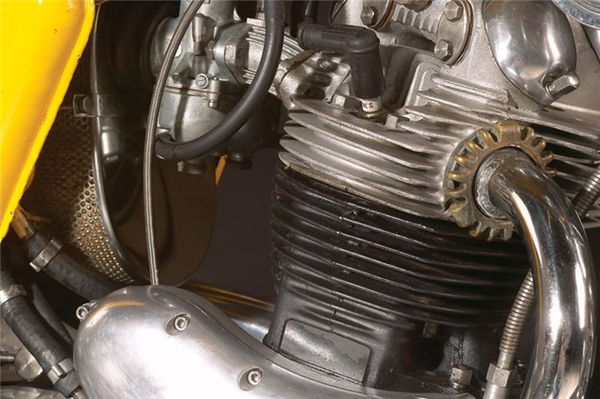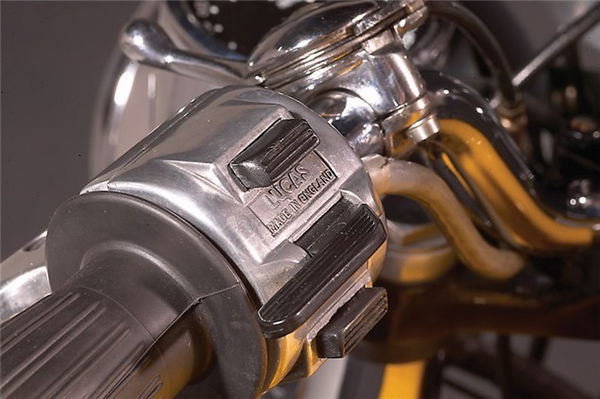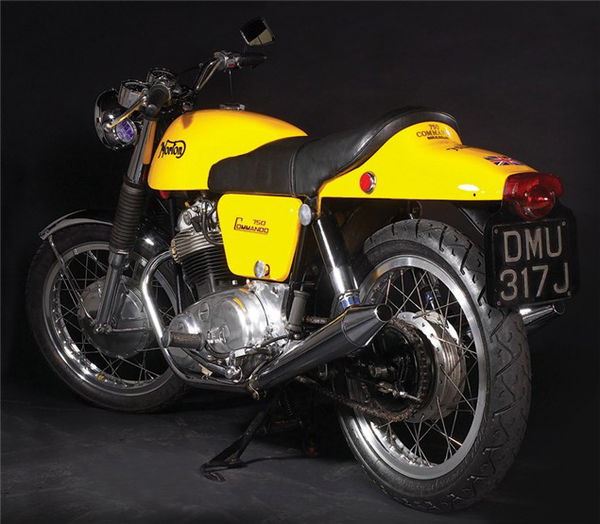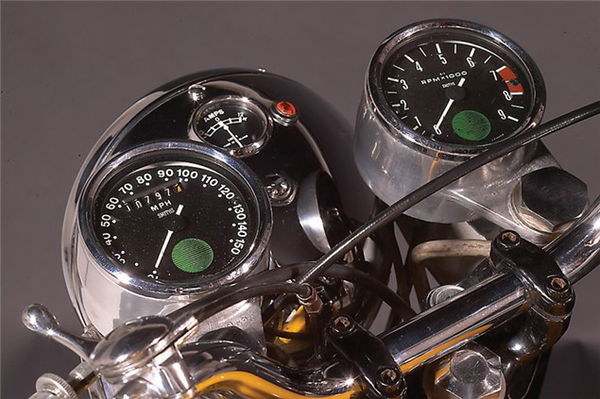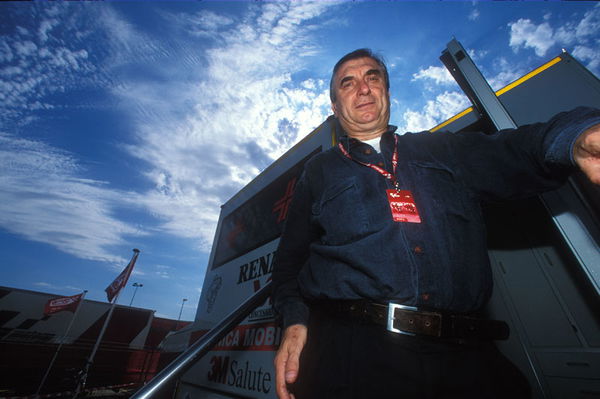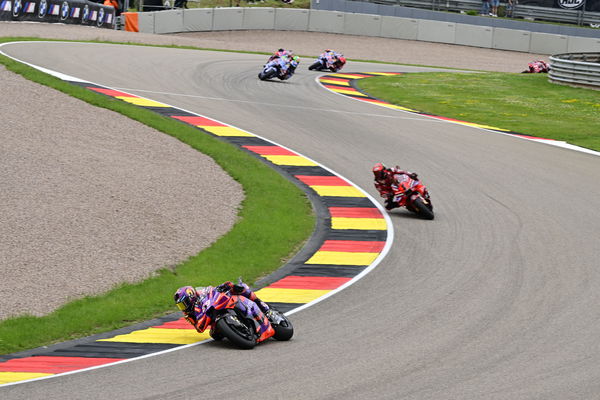Bike Icon: Norton Commando
Much-loved and much maligned, the Norton Commando both saved and then helped to kill the British bike industry
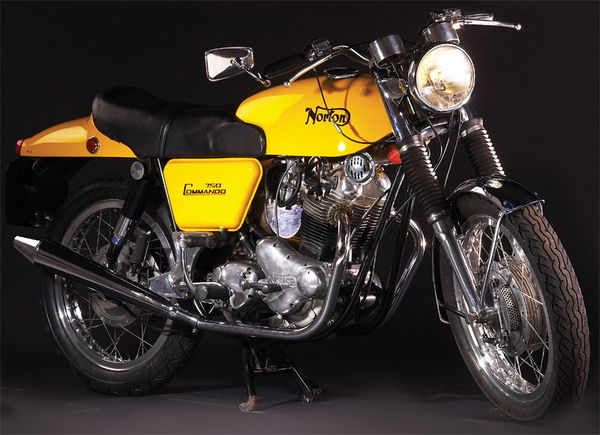
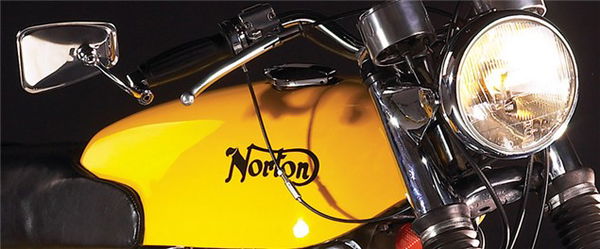
1968. 'Flower Power'. The Viet Cong launched the Tet Offensive in Vietnam. 2001 - A Space Odyssey and the animated Beatles film Yellow Submarine reached the big screen, Jimi Hendrix and Cliff Richard battled away for the top slot in the charts, Martin Luther King and Bobby Kennedy were assassinated amidst a time of volatile Civil Rights campaigns and rioting worldwide. And most importantly for me, Aussie pop sensation Kylie Minogue came into the world, putting all the above alleged 'historic' moments into perspective. And yet all through these historic world events was the background noise of a deep-throated motorcycle which could be heard being kicked into life. The Norton Commando had arrived.
Showcased towards the end of 1967 at the Earls Court Motorcycle Show, the Commando was launched to rapturous acclaim. Could this be the saviour of the British motorcycle industry in a time where the Japanese were beginning to come to the fore? The mass-produced 100cc bikes that the Japanese had been importing in great numbers to the UK were suddenly being replaced with iconic bikes such as the CB750.
The Commando was designed as a direct replacement to the ageing Atlas 750, even using the same 750cc vertical twin engine (which could be traced back still further to the 1940's when the Model 7 Twin was first introduced) But, the Commando had the modern benefit of using a completely new engine mounting system that is still in use with Buell Motorcycles today.
Vibration had been a major concern with the large capacity British motorcycles for many years. The then new Isolastic suspension was basically the engine being rubber mounted so as to reduce the amount of vibration resounding through to the frame and onto the rider. Other radical design changes were the swinging arm that now pivoted on the engine plates. The petrol tank and matching rear fender were for the first time made from fiberglass, making them stronger and lighter. Although the engine vibration was now at a minimum (saving on replacement fillings) it did mean that perishable mounting rubbers had to be regularly shimmed up so as to keep the handling up to an acceptable level.
Some might say that the Commando single-handedly rejuvenated and destroyed the Norton name, so what went wrong? Harsh, that, as other factors were at play during the mid-1970's. Firstly, the UK government was meddling in the motorcycle industry, setting big companies against small, sending it further into the mire, secondly the World's first superbike from Japan - the CB750 - arrived, heralding the start of an invasion which would eventually spell the demise of the entire British motorcycle industry. Compared to the Norton it handled better, had more power, ran smoother and didn't fall apart so easily - Honda's reputation for superior quality machines was already beginning to shine through. It also had disc brake (the first for a motorcycle) and an electric start. The Commando finally got a Lecky boot in 1975. The kicker stayed on though, as it didn't work too well...
In its hectic 10-year life span, the Commando went through numerous, staccato, random model changes, including a change from a 750cc to 828cc powered motor in April 1973. But whatever. It's still a much-loved Brit machine.
History: Norton Commando 1967-1978
Winter 1967: Earls Court showcase
April 1968: First 'Fastback' production models arrive in dealers
January 1969: Revised frame
March 1969: 'S' Type with high level left side exhaust, a larger 2 1/2 gallon tank and naked front forks
March 1970: Roadster similar to the 'S' but with a low level exhaust
September 1970: Fastback MKII with upswept exhausts
1970: Fastback MKIII new side and center stands, wider section front tyre
1970: Production Racer or Yellow Peril on sale to the public after good race results
July 1971: Fastback Long Range limited to 400 units with most being exported Down Under
January 1972: MKIV with front disc brake, indicators, stronger crankcase
Mid-1972: Norton merges with BSA-Triumph after government pressure to form Norton Villiers Triumph (NVT)
January 1973: Fastback MKV
April 1973: 828cc Commando launched with lower compression for increased engine longevity
Late 1973: All 750cc production stopped
1974: Roadster and Interstate models given a MKII name with improved cylinder heads
April 1974: John Player Norton replica with full fairing and 'go faster' kit as standard Available in white and with twin headlights built into the fairing
June 1974: UK government withdraws sponsorship money to NVT
1975: MKIII Interstate and Roadster with electric start, rear disc brake, left side gear change and right side footbrake. Other changes were the vernier adjustment that eliminated the need for the shims on the Isolastic suspension; a higher output alternator was fitted and the exhaust manifold was modified. With over 100 other detail changes, this would represent the Commando in its final guise. The kick-start remained as the electric start produced a huge drain on the battery
1975: With no money left from the government and the calling in of a £4m debt, NVT is wound up. The final machines are later produced from spares
1976: The government and Dennis Poore save the remainder of the company and start NVT Engineering Ltd with a workforce of only 300
1978: The final units rolled from the production line at Andover signaling the end of the Commando

